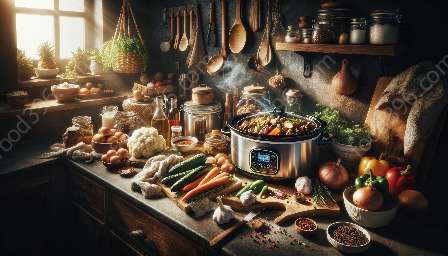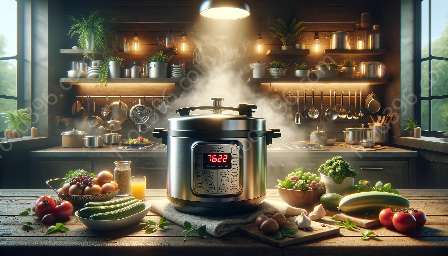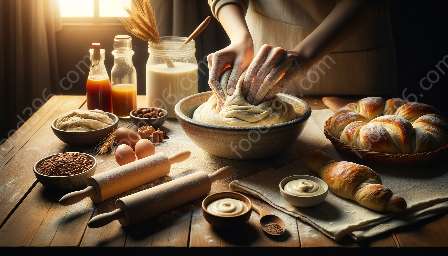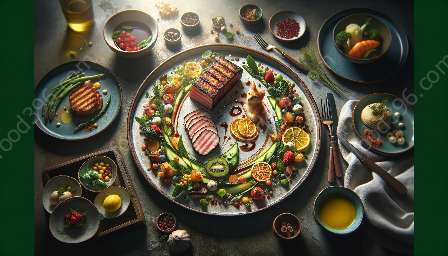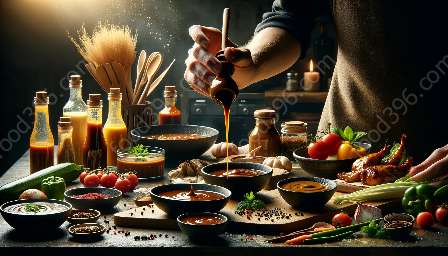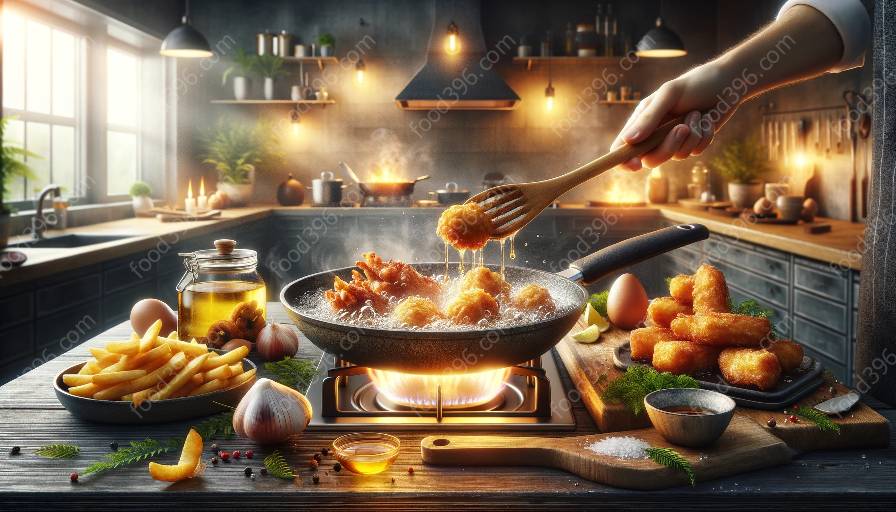Frying is a popular food preparation technique that involves cooking food in hot oil, resulting in delicious and crispy dishes. Whether you're frying chicken, fish, or vegetables, it's essential to understand the different frying methods, optimal temperatures, and best practices to achieve mouthwatering results.
Types of Frying Techniques
There are several types of frying techniques that cater to different kinds of food and cooking styles.
- Deep Frying: This technique involves submerging the food completely in hot oil, resulting in a crispy exterior and tender interior. It's commonly used for preparing items like French fries, chicken wings, and donuts.
- Shallow Frying: In this method, a small amount of oil is used to cook the food, allowing only the bottom part to be in direct contact with the oil. Foods like pancakes, eggs, and fish fillets are often shallow fried.
- Stir-Frying: This quick and high-heat method is popular in Asian cuisine, where food is rapidly cooked in a wok with a small amount of oil. It's perfect for vegetables, meats, and noodles.
- Sautéing: Sautéing involves cooking food in a small amount of oil or fat over medium to high heat. It's ideal for searing meats, caramelizing onions, and cooking delicate ingredients.
Optimal Frying Temperatures
Mastering the art of frying also requires understanding the optimal temperatures for different types of food. Maintaining the right temperature ensures that the food cooks evenly and achieves a desirable texture.
For deep frying, a temperature range between 350°F to 375°F (175°C to 190°C) is recommended, while shallow frying and sautéing typically require temperatures between 325°F to 375°F (160°C to 190°C). Stir-frying is done at very high temperatures, usually around 400°F (200°C) to 450°F (230°C), to quickly cook the ingredients while retaining their texture and color.
Tips for Successful Frying
Successful frying is about achieving the perfect balance of crispiness and flavor. Here are some essential tips to enhance your frying skills:
- Pat Dry the Ingredients: Before frying, ensure that the ingredients are thoroughly dried to prevent splattering and enhance crispiness.
- Use the Right Oil: Different oils have different smoke points and flavors. Choose oils with high smoke points, such as peanut oil or sunflower oil, for deep frying, and lighter oils like olive oil for sautéing.
- Maintain the Oil Temperature: Use a thermometer to monitor the oil temperature and make adjustments as needed to prevent burning or uneven cooking.
- Avoid Crowding the Pan: Overcrowding the frying pan can lower the oil temperature, leading to soggy and unevenly cooked food. Fry in batches if necessary.
- Drain Excess Oil: After frying, place the cooked food on a paper towel to absorb excess oil and preserve its crispiness.
Fried Delights from Around the World
Frying is a versatile technique that is embraced in various cuisines, creating a wide range of delectable dishes.
Tempura (Japan): Tempura is a Japanese dish consisting of battered and deep-fried seafood and vegetables, resulting in a light and crispy texture.
Fried Chicken (United States): Known for its golden, crunchy exterior and juicy meat, fried chicken is a beloved classic in American cuisine, often served with a side of biscuits or coleslaw.
Pakoras (India): These deep-fried fritters made from chickpea flour and various vegetables or meats are popular snacks in Indian cuisine, often served with chutney or yogurt sauce.
Churros (Spain): Churros are deep-fried pastries, often dusted with cinnamon sugar, and served with hot chocolate or dulce de leche, delighting taste buds in Spain and beyond.
Exploring Healthy Frying Alternatives
While indulging in fried dishes can be satisfying, it's important to consider healthier alternatives that offer a similar crispy texture and flavor.
Air Frying: Air frying uses hot air circulation to cook food, resulting in a crispy and golden exterior without the need for excessive oil. It's a popular alternative for those seeking a healthier way to enjoy their favorite fried foods.
Baking: Baking foods in the oven with a light coating of oil or breadcrumbs can also produce a satisfying crunch without the immersion in oil, making it a healthier option for enjoying crunchy textures.
Embracing the Art of Frying
Whether you're a home cook or a professional chef, mastering the art of frying opens up a world of flavorful possibilities. By understanding different frying techniques, optimal temperatures, and essential tips, you can elevate your culinary skills and delight your taste buds with an array of crispy and mouthwatering dishes.












